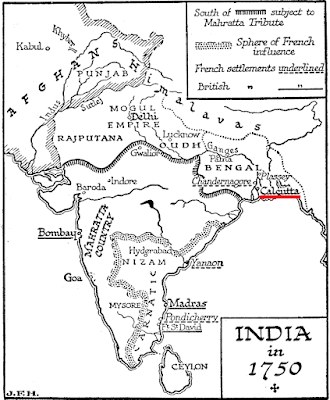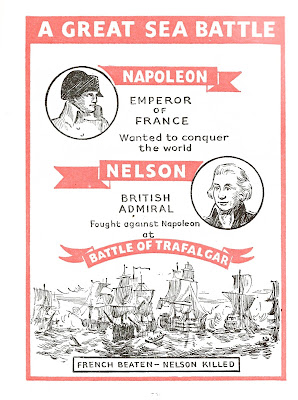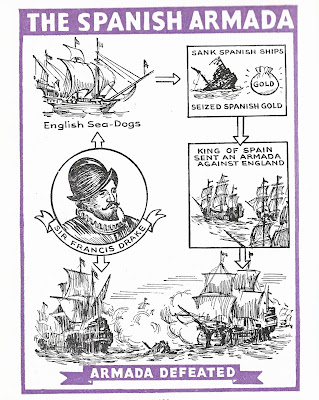1. Who was Bonnie Prince Charlie
Charles Edward Louis John Sylvester Maria Casimir Stuart was the elder son of James Francis Edward Stuart and grandson of James II (VII in Scotland) and the Stuart claimant to the thrones of England, Scotland and Ireland from 1766. During his lifetime, he was known as "the Young Pretender" and "the Young Chevalier" and in popular memory, he is known as Bonnie Prince Charlie. Born in Rome to the exiled Stuart court, he spent much of his life in Italy. In 1744, he travelled to France to take part in a planned invasion to restore the Stuart monarchy under his father. When the French fleet was partly wrecked by storms, Charles resolved to proceed to Scotland following discussion with leading Jacobites. This resulted in Charles landing by ship on the west coast of Scotland, leading to the Jacobite rising of 1745. The Jacobite forces under him initially achieved several victories in the field, including Prestonpans (September 1745) and Falkirk Muir (January 1746). However, in April 1746, he was defeated at Culloden, which effectively ended the Stuart cause. There were subsequent attempts such as a planned French invasion in 1759 but Charles was unable to restore the Stuart monarchy. With the Jacobite cause lost, Charles spent the remainder of his life on the continent, except for one secret visit to London. He lived briefly in France before he was exiled in 1748 under the terms of the Treaty of Aix-la-Chapelle. He eventually returned to Italy, where he spent much of his later life in Florence and Rome. He had a number of mistresses before marrying Princess Louise of Stolberg-Gedern in 1772. In later life, Charles's health declined greatly and he was said to be an alcoholic. However, his escapades during the 1745/46 uprising, as well as his escape from Scotland, led to his portrayal as a romantic figure of heroic failure. His life and the once possible prospects of a restored Stuart monarchy have left an enduring historical legend that continues to have a legacy today.
2. Why did he stop marching to London?
By November 1746 Charles had reached as far suth as Derby but the lack of English Jacobite and French support was unnervung as was the rumour that the government was amassing large forces. Charles had to admit to the Scots Jacobites that he had heard nothing from the English Jacobites since leaving France although he had claimed to have done so. This caused his relationship with some of the Scots to irretrievably break down. On December 6 the Jacobites and Charles left Derby and began their long march north back to Scotland.
3. How did Flora MacDonald help the prince?
Flora MacDonald 1722-1790 is best known for helping Bonnie Prince Charlie evade government troops after the Battle of Culloden in April 1746. MacDonald was visiting Benbecula in the Outer Hebrides when the Bonnie Prince and a small group of aides took refuge there after the Battle of Culloden in June 1746. One of his companions, Captain Conn O'Neill from County Antrim, was distantly related to MacDonald and asked for her help. MacDonald of Sleat had not joined the Rebellion and Benbecula was controlled by a pro-government militia commanded by her step-father, Hugh MacDonald. This connection allowed her to obtain the necessary permits but she apparently hesitated, fearing the consequences for her family if they were caught. She may have been taking less of a risk than it appears, since witnesses later claimed Hugh advised the Prince where to hide from his search parties. Passes were issued allowing passage to the mainland for Flora and a party of eight, including Charles disguised as an Irish maid called Betty Burke. On 27 June, they landed near Sir Alexander's house at Monkstadt, near Kilbride, Skye. In his absence, his wife Lady Margaret arranged lodging with her steward, who told Charles to remove his disguise, as it simply made him more conspicuous. The next day, the Prince was taken from Portree to the island of Raasay, while MacDonald remained on Skye. They never met again. Two weeks later, the boatmen were detained and confessed; MacDonald and Kingsburgh were arrested and taken to the Tower of London. After Lady Margaret interceded on her behalf with the chief Scottish legal officer, Duncan Forbes of Culloden, she was allowed to live outside the Tower under the supervision of a "King's Messenger" and released after the June 1747 Act of Indemnity. Aristocratic sympathisers collected over £1,500 for her, one of the contributors being Frederick, Prince of Wales. She allegedly told Frederick she helped Charles out of charity, and would have done the same for him. Arrested and held in the Tower of London, she was released under a general amnesty in June 1747. She later married Allan MacDonald and the couple emigrated to North Carolina in 1773.











.jpg)


















